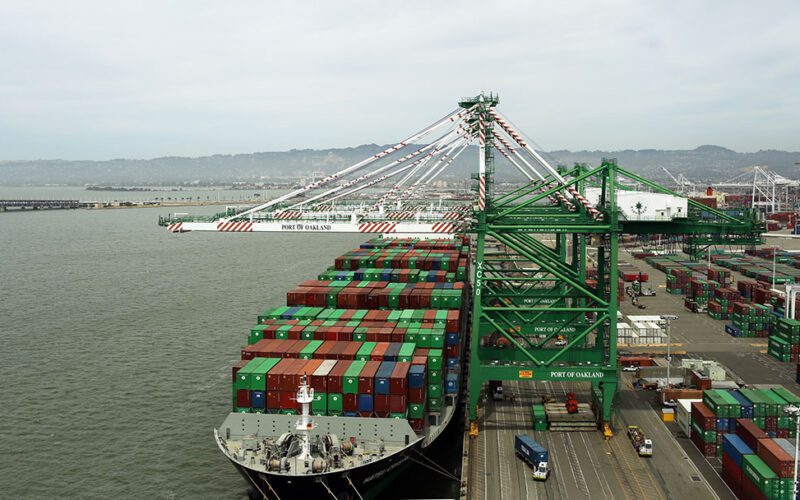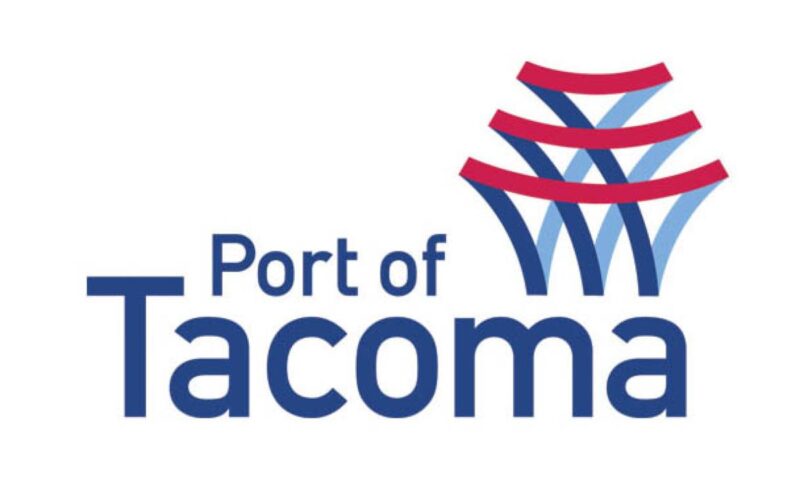08
Oct
Construction has officially started on the first of a trio of new Matson, Inc. containerships that are expected to operate its Hawaii and China-Long Beach Express (CLX) services, the Honolulu-based transportation services company said Sept. 30. Officials marked the occasion at the Philly Shipyard in Pennsylvania, where the Jones Act-compliant vessels are being built under a $1 billion investment by Matson. Anticipated for delivery in 2026 and 2027, the 854-foot-long vessels are expected to mirror the company’s two current “Aloha Class” ships, Daniel K. Inouye and Kamina Hila, also constructed at Philly Shipyard, which went into service in 2018 and…



